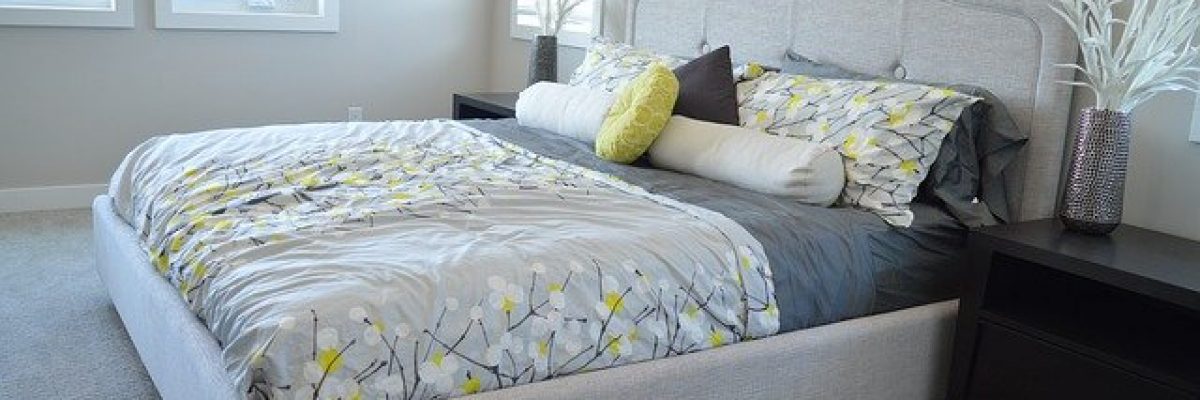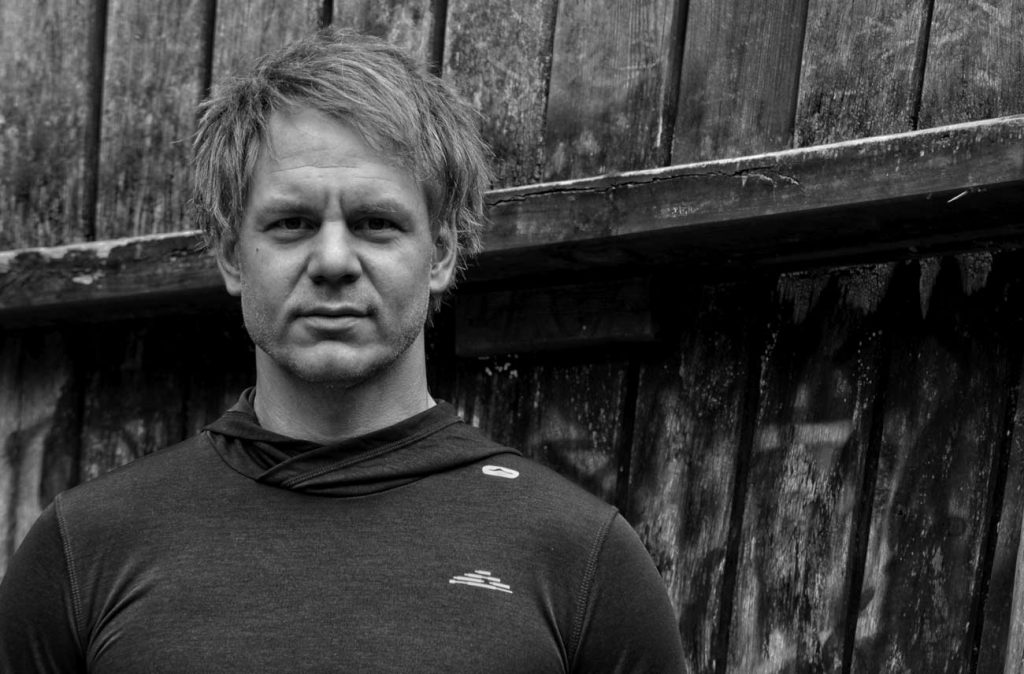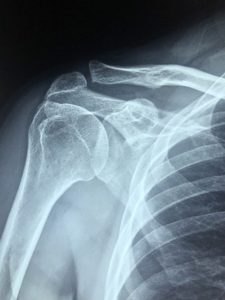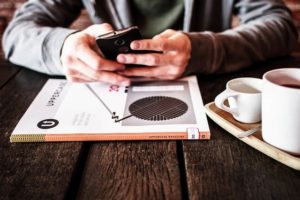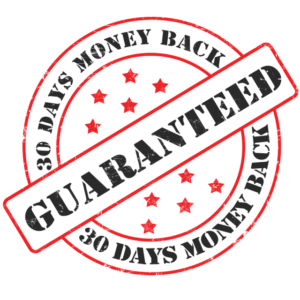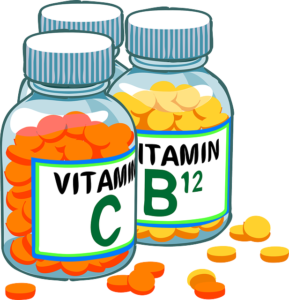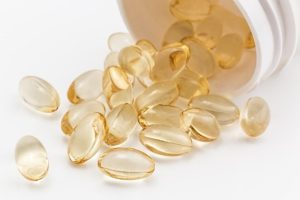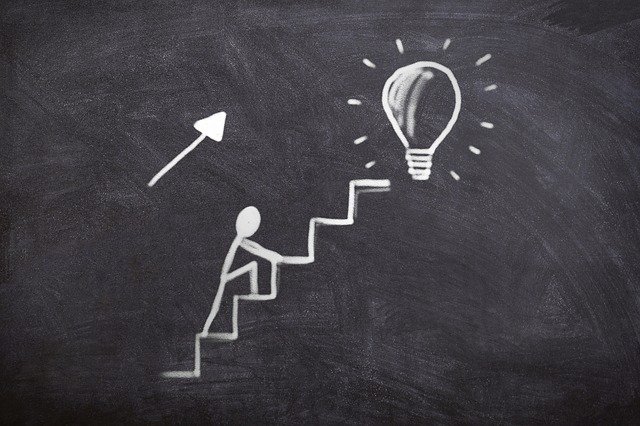The pain relieving specialist tells a story: Neck pain in the morning? Stiff neck in the morning? Start-up problems in the morning because of the neck… again and again. The question: What is the best pillow for the neck and shoulder in the long term? Interested? Let’s get started.
I don’t think I need to say much on the subject. You know the problem and you are interested in a solution. That’s why you’re reading this article. ![]() How long has the problem existed? Months or a few years? And how long is it ok and understandable to maintain this state? A few more months? A few more years? “Sleep is to the whole human being what winding is to the clock,” already recognised Arthur Schopenhauer (German philosopher, 1788 – 1860).
How long has the problem existed? Months or a few years? And how long is it ok and understandable to maintain this state? A few more months? A few more years? “Sleep is to the whole human being what winding is to the clock,” already recognised Arthur Schopenhauer (German philosopher, 1788 – 1860).
But unfortunately this “winding up” does not always work smoothly. If the night was not restful, the following day looks correspondingly “energetic”. You all know that yourselves.
What is the main cause of neck and shoulder pain?
-One-sided movements (e.g. due to frequent sitting).
-Little stretching of muscles and fascia (especially) in the front part of the body.
-Severe over-tensioning and shortening
What does a pillow do? And what does it have to do with it? The posture adopted during the day, with all the tension and shortening, is continued during the night. Why is that? How is the posture disproportionate during the day? The head slightly bent forward and the neck slightly hyperextended. And with a pillow… Uh… just like that. Right? Exactly the same. Only the slight compensatory movement is very much restricted by sleeping. So it gets worse.
That’s why the neck needs time in the morning to get back to normal.
-I have a neck support pillow. -That’s OK for the short term. But because it reinforces the original problem, the tension and the shortening, no permanent solution is possible. When has visual acuity ever improved permanently when glasses were worn?
Starting with 1.0 dioptre… and after one year? At 0.5 dioptre? Certainly not. More like 1.5. Right?
-I’ve got a neck roll. -Yes. Same thing.
-I have a pillow specially designed for side sleepers. Same thing, only on the side. Conclusion: Most pillows “force” the body into a resting position. That feels good at first. Logical. In the long run it gets worse. Many neck pillows promote hyperextension of the neck, which has already led to pain during the day (for example, through frequent sitting). What would be my approach for a client now? I would remove the tension from the neck. And from the shoulder girdle. What can you do? Make an appointment! ![]()
In other words, what you have unconsciously trained yourself to do during the day. And at night, the slow “withdrawal” to sleep without a pillow. Because the healthiest sleeping position is one where the posture of the neck does not mimic the “harmful” position of the day.
Even if it contradicts sleeping habits at first: without a pillow, the one-sided movements of the day are effectively counteracted, at least at night. Gravity alone brings the spine into the biologically intended position and thus creates the balance that the body urgently needs.
How quickly will “relief” come? Based on the opinions of my clients-Very quickly.
Questions? Let me know.
See you next time.
Stay strong.
Matti

